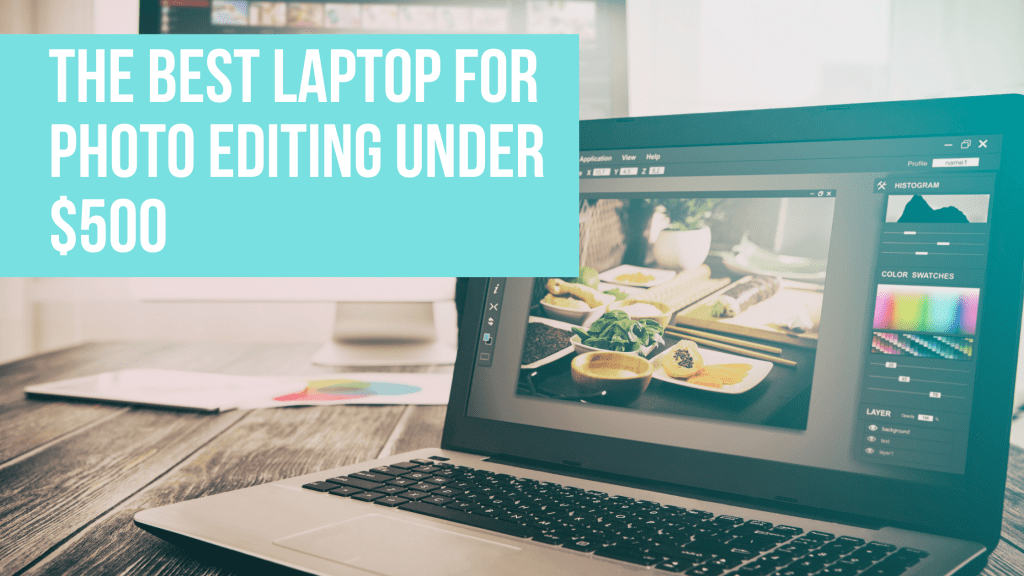Photo editing laptops is a highly specialized skill with many different tools to use. If you are looking for the Best Laptop for Photo Editing Under $500. This article will help you determine what criteria you need for your laptop and which one might be right for you. I have created a list of things that I think are important to make the Best Laptop for Photo Editing Under $500 decision easier on everyone- my top choice meets all these criteria!
Table of Contents
The Best Laptop for Photoshop Editing Under $500 – Full Reviews
| Product Image | Product Name | Display | Memory | Check Price |
|---|---|---|---|---|
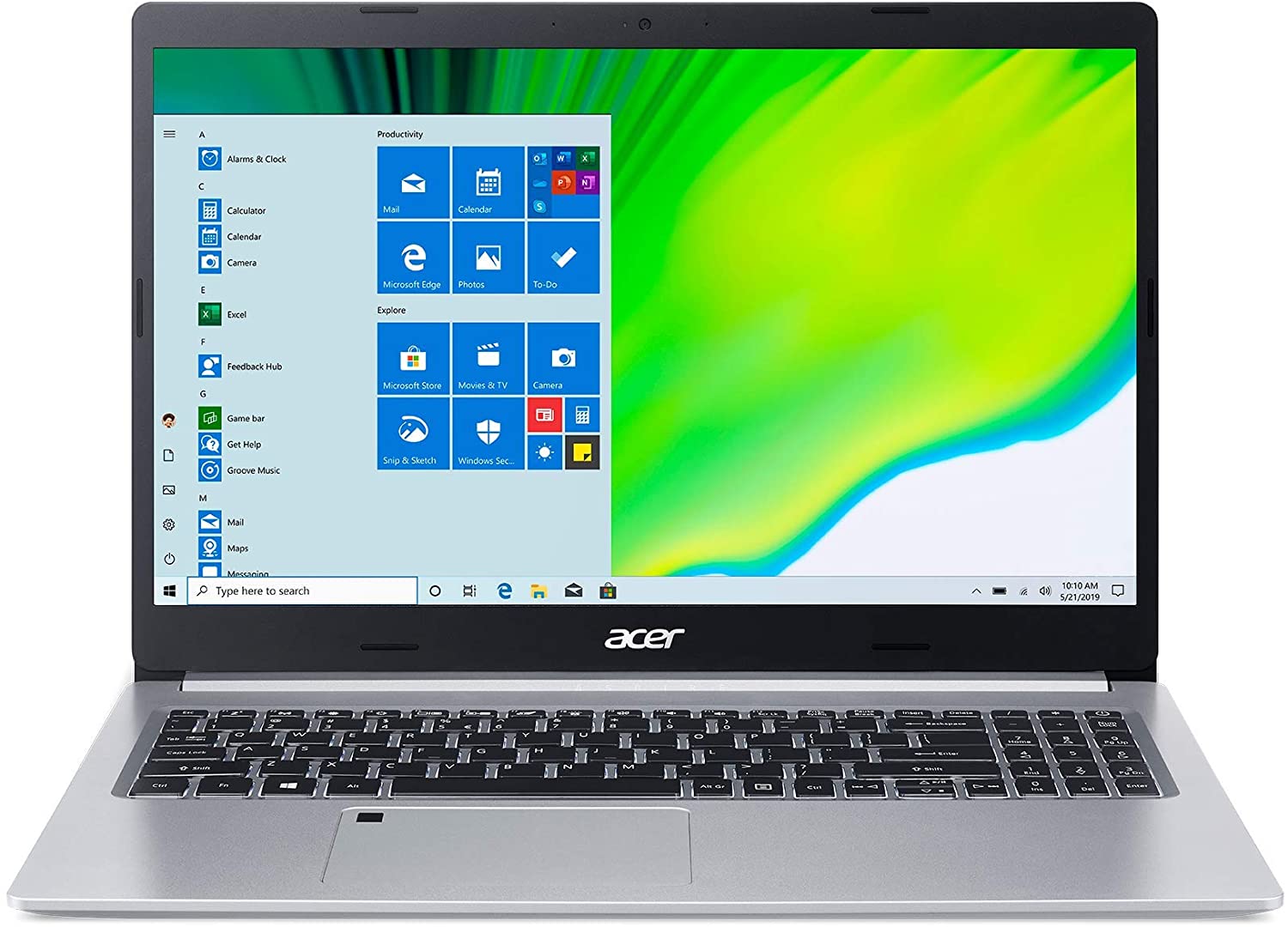 |
Acer Aspire 5 | 15.6″; Full HD (1920 x 1080); 57% sRGB |
4GB RAM; 128GB SSD |
Check Price |
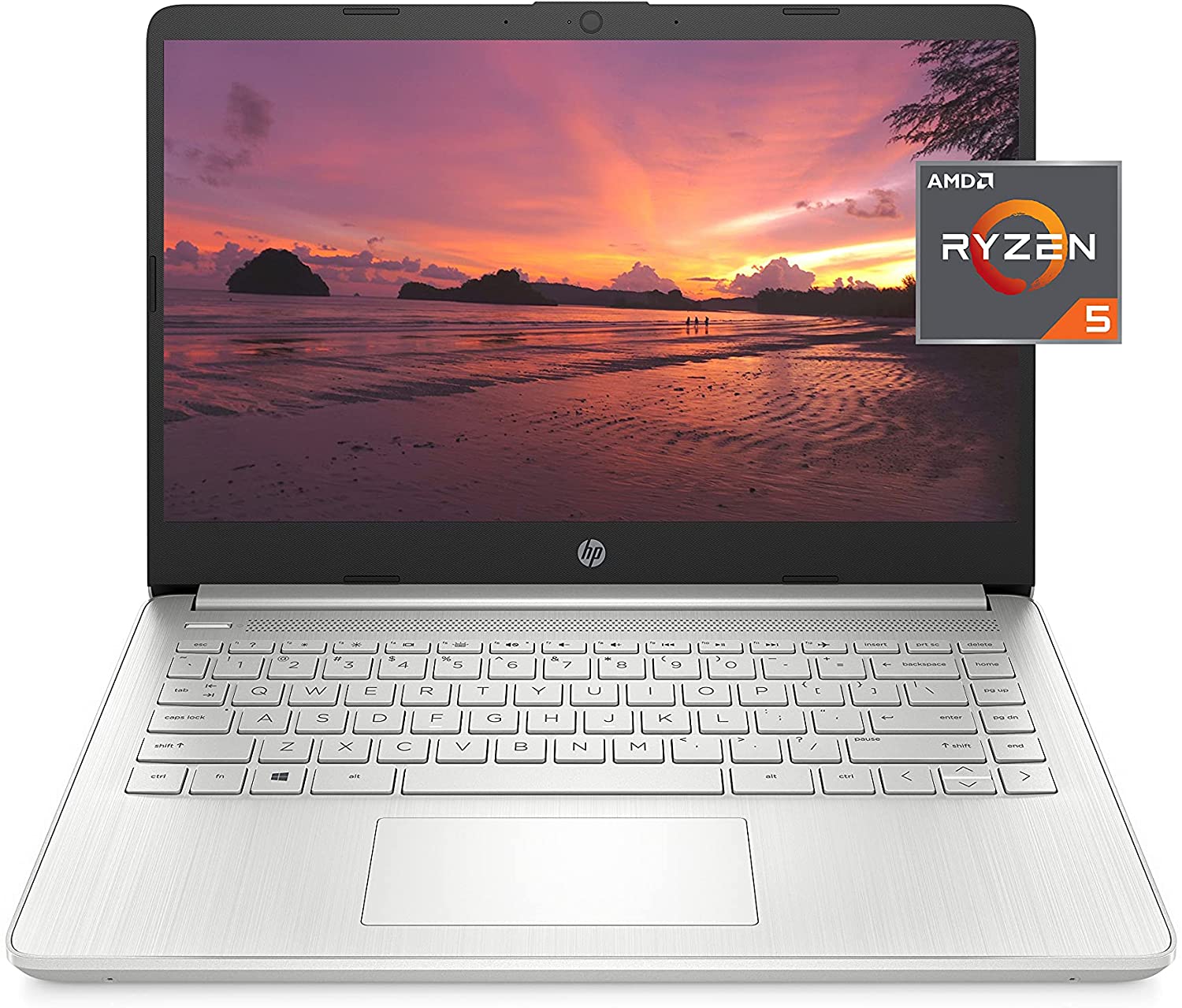 |
HP 14 Laptop | 14″; Full HD (1920 x 1080); 58% sRGB |
8GB RAM; 256GB SSD |
Check Price |
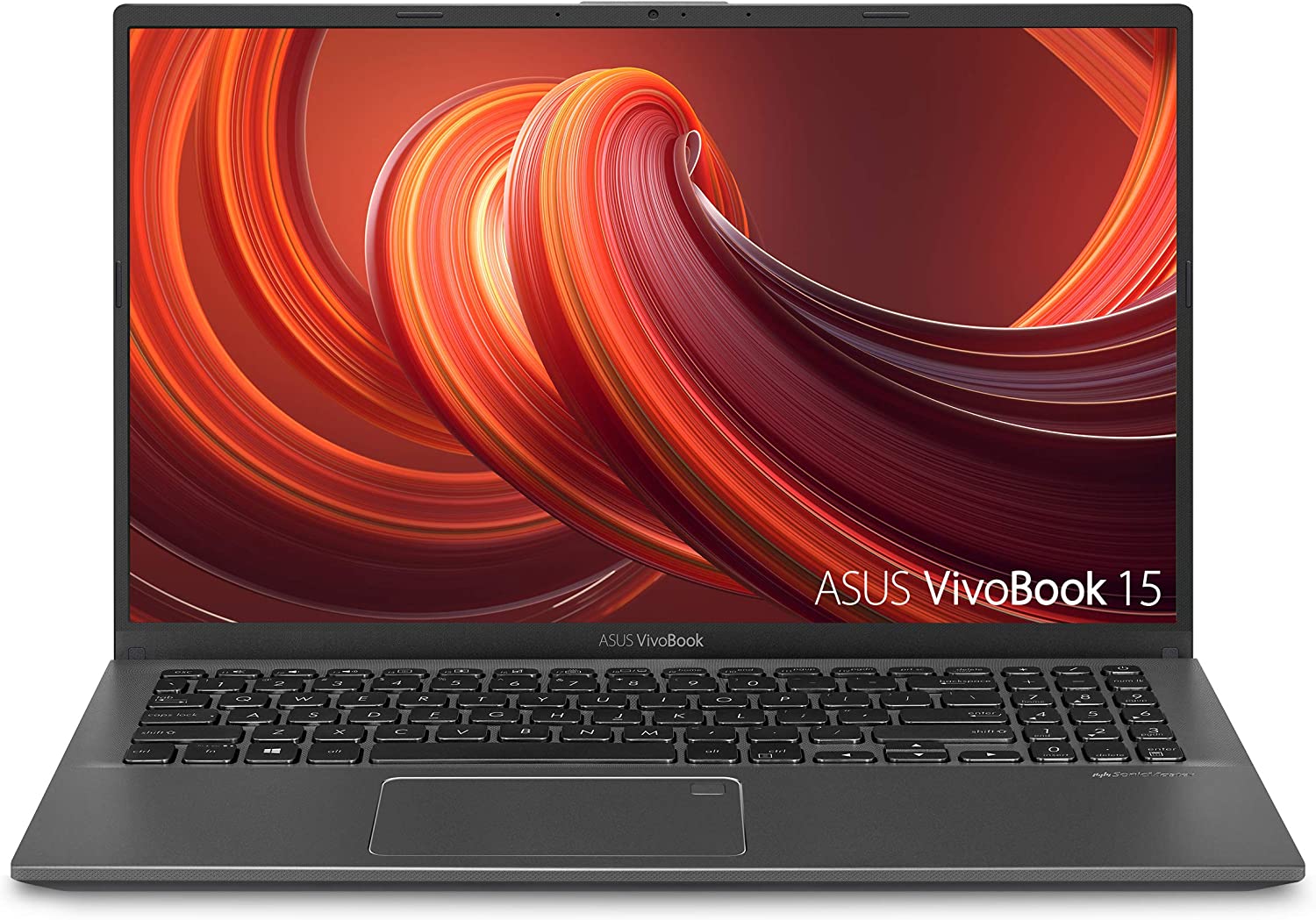 |
Asus Vivobook 15 | 15.6″; Full HD (1920 x 1080); 58% sRGB |
8GB RAM; 128GB SSD |
Check Price |
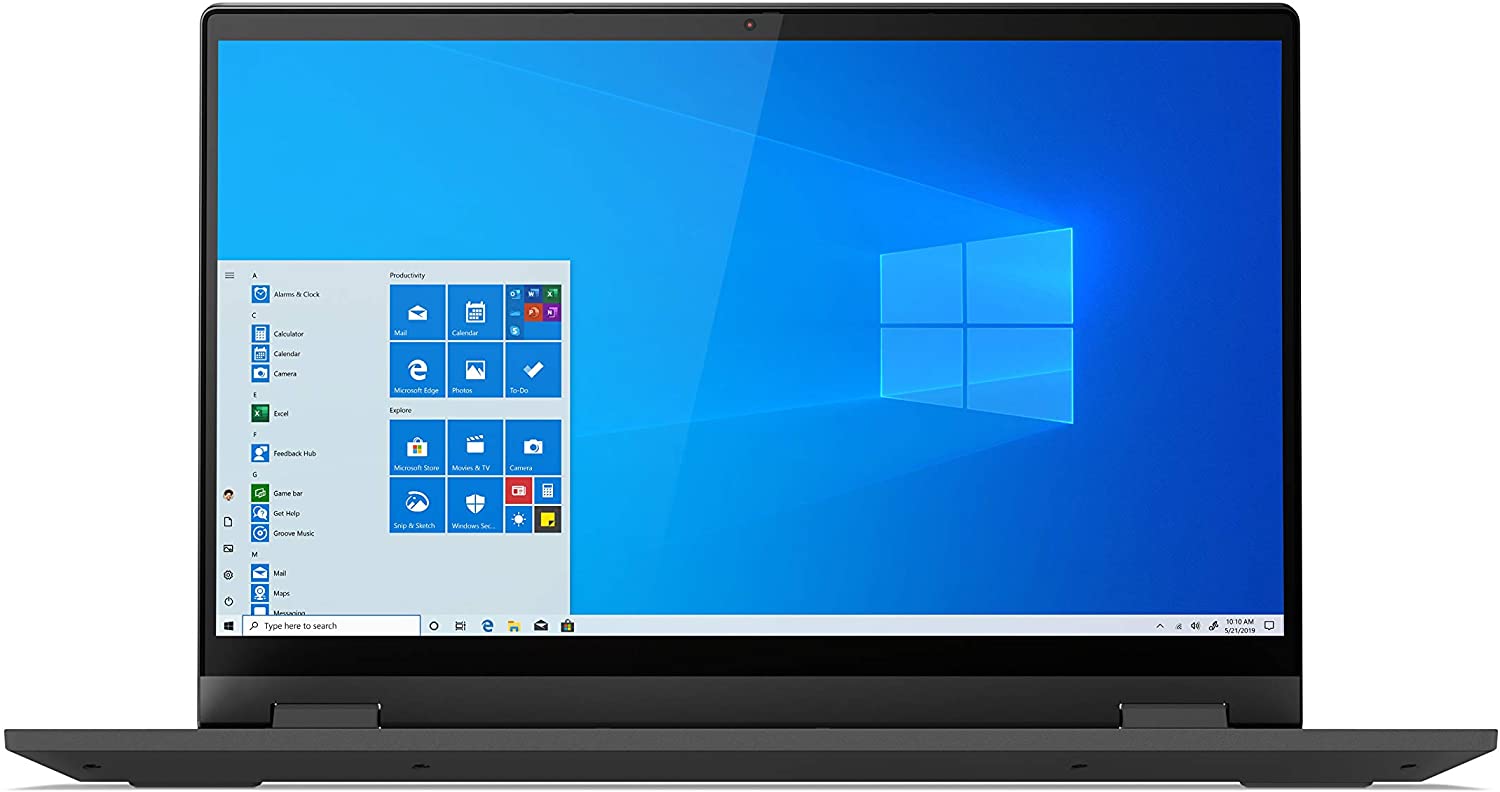 |
Lenovo Ideapad 3 | 15.6″; 1366 x 788; 52% sRGB |
4GB RAM; 128GB SSD |
Check Price |
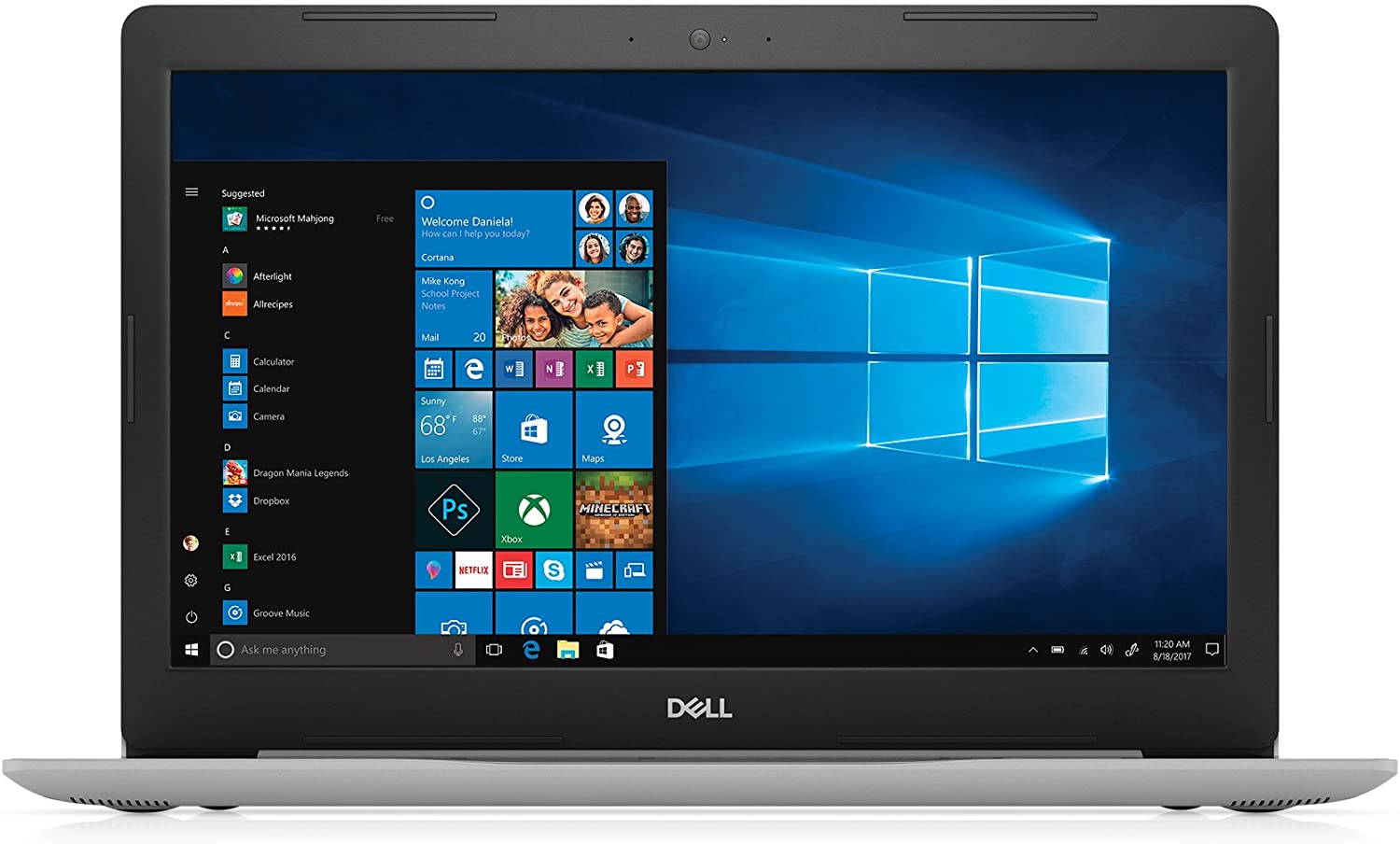 |
Dell Inspiron 15 | 15.6″ 15.6-Inch FHD (1920 x 1080) |
8 GB 1 TB HDD |
Check Price |
#1. Acer Aspire 5
The Best Laptop for Photo Editing under $500
The Acer Aspire 5 is a great device for photo editing, and it delivers an above-average performance compared to its low price.
The Aspire offers the best price for photo editing under $400, but you may find that it’s not quite enough RAM. You can upgrade this yourself or let someone else do it, even with paying an extra cost of 64GBs of memory (or less), there is still plenty left over to make up your day job!
The laptop’s screen is its only weak point, as although it offers a Full HD resolution and IPS panel (meaning that the colors will be accurate), it covers just 57% of sRGB. Like most other laptops in this price range do not have dedicated graphics cards, Photoshop professionals should not pose an issue either way!
The AMD quad-core processor is the best in its class, allowing you to work faster and smarter.
The Aspire 5 is an ideal alternative for people on a budget. It’s not the best laptop, but it’s certainly going toe-to-toe with competitors, and its affordable price makes this model easy to recommend!
#2. HP 14 Laptop
The HP 14 is a laptop with good performance and an affordable price.
The large 256GB SSD is a welcome change from the much smaller Cruzs of similar models. But it’s thanks to this six-core processor and 4.0 GHz clock rate per core that everything will be done pretty quickly – including heavy-duty tasks like photoshop actions! The fans can get louder when you need them most, though (although not nearly as loud or disruptive).
The 14-inch screen is a compromise for high quality, but it’s still usable. While at full HD resolution and IPS panel, this laptop could be used by photo editors; because of its smaller size, I would say that the portable nature makes up more than enough reason to buy one!
#3. Asus Vivobook 15
The Asus Vivobook 15 is a powerful laptop that can power through CPU-intensive tasks and edit large photo files with 8GB of RAM. The TN panel has variable color casts, but the 10th gen Intel processor makes up for it in other areas such as speediness!
The Vivobook price is low for its specs, making it a great choice if you’re looking to build your personal computer and don’t need top-of-the-line performance. It also works well with editing photos on the side rather than primarily photos because that would require an extra monitor or printer to produce clear results when adjusting colors accurately- something most people do not have access to!
Although the TN panel may be a disadvantage, the Vivobook performs well and looks nice in its compact chassis, if you can overlook its flaws.
#4. Lenovo Ideapad 3
It is one of the most affordable laptops for creative professionals that still meet their high-performance needs. It isn’t always accessible, but if it is, you’ll almost certainly discover something in your price range with these specifications!
This computer is ancient and sluggish. It operates at 2.6 GHz with a graphics card that can handle limited tasks.
The TN display panel has a low resolution that will be difficult for photography. The color accuracy is terrible, with just 52% of the sRGB space available to project colors on screen accurately.
It’s a good laptop for those who want something more general, capable of doing light photo editing on occasion.
#5. Dell Inspiron 15
- Amd Ryzen 5 2500U mobile Processor with Radeon Vega8 Graphics
- 8GB 2400MHz DDR4[32GB]
- 1 TB 5400 RPM
- 15.6-Inch FHD (1920 x 1080) Anti-Glare, LED-Backlit Display
The ASUS ZenBook UX330UA is an amazing computer for the money. It has one of if not THE best processors you can get in a laptop, and it comes with a beautiful 15.6 inch IPS Touchscreen display!
Intel’s new Core i5 and Core 7 laptops are great for browsing the web, but if you’re looking to get stuff done, then look no further than this AMD Ryzen 5 APU (Accelerated Processing Unit). It boasts a superb performance rating and will make your coworkers jealous.
The Core i7-8550U processor is marginally slower than the Core i5, but it makes up for its better performance when working on photo editing.
The powerful integrated graphics card in the AMD processors allows you to enjoy a better gaming experience than Intel HD.
This laptop offers the typical 8GB RAM and 1TB HDD. If you want to take this machine further. We recommend that you upgrade your memory and replace the spinning hard drive with an SSD for faster performance in high-demand situations.
It is one of the finest laptops for photo editing under $500 if you want a laptop with strong processing capabilities and additional features.
FAQ
What is the Best Laptop for Photo Editing under $500?
The Acer Aspire is perfect for someone looking to get a large-screen laptop that can handle photo editing. It only manages 57% of the sRGB gamut. But it’s still better than other laptops on this budget – meaning more color accuracy!
However, if you were expecting 100%, there may be a snag.
The Aspire is a laptop with an excellent display, high build quality, and upgraded RAM performance.
What are the system requirements for Photoshop?
Adobe Photoshop is a high-demand software that needs a lot of processing power. To ensure smooth functioning, you need to make sure your system has at least 2GHz processor speed with 8GB RAM and HD-ready screen resolution for graphics work and free up space on the hard drive by removing any unnecessary programs or files from it before installation.
What type of laptop should I consider for photo editing?
People who use photo editing software recommend buying a laptop with enough RAM, an SSD for the computer’s hard disk, 8 GB of memory if possible.
What is the most cost-effective laptop that can handle Photoshop?
Our top picks for the finest Photoshop-friendly laptops on a budget are:
- Acer Aspire 5
- Dell Inspiron 15
- Asus Vivobook 15
- ASUS VivoBook F5
- Lenovo IdeaPad
Is i5 good for Photoshop?
Photoshop loves the Intel Core i5, i7, and nine range because they’re perfect for Adobe Photoshop work. With high clock speeds, high resolution, and up to 8 cores per processor – with no need at all for expensive overclockable processors- these chips will give you incredible performance without breaking your bank account!
What Do the Best Cheap Laptops for Photo Editing Have in Common?
To be awarded the prize of the best laptop for Photoshop editing, I have scrutinized each device according to the criteria below.
A good laptop for photo editing must have the following features:
A solid central processing unit (CPU) with at least two cores and 4GB of RAM; A high-resolution display that can show up to 8TB or a graphics card render smoothly without laggy performance.
Processor (CPU)
Photoshop is more responsive on a fast machine, which means you can get your work done in less time.
Memory (RAM)
RAM is like the temporary storage in your computer. The more you have, the faster it works!
Memory (SSD)
The more you store on your hard drive, the faster and easier tasks will be.
Display
This is one of the most important and overlooked areas for photo editing on laptops, as it can break into five major components.
Resolution:
Resolution is a measure of how detailed an image can be. The higher the resolution, the sharper and more clear images appear on screens or paper.
Screen Size:
The trade-off for larger screens is that they’re a bit heavier and harder to hold on your hand.
Panel Type:
IPS panels are the ultimate in colors and viewing angles.
Color Gamut:
With a larger color gamut, as measured by the percentage of sRGB- the more accurate colors will be with less banding.
Touch Screen:
The ability to draw on your laptop is a revolutionary idea, and with this new technology, you don’t need an extra drawing tablet anymore. There are plenty of laptops that natively support touch screen operations, so let us show them off!
Battery Life:
Longer battery life means you can take your smartwatch with you on the go, whether for work or play.
Photoshop Requirements
No matter what your budget is, Photoshop and Lightroom are the best options for photo editing. They’re not free, but they offer a great value at only $10 per month each!
The most powerful laptops for Adobe Photoshop are available on this list. All the computers in this group have been benchmarked to meet or exceed industry standards, so you can be confident that they’re up to any task from designing a website all way through post-production processes like color correction and photography retouching!
Processor (CPU)
Every program on your laptop will work much more quickly if the processor is powerful enough.
It’s not all Intel now. While Adobe programs have traditionally run best on a single-threaded processor, AMD processors match the performance and power efficiency of their counterparts from years ago!
When it comes to photo editing, cores are king. With more, the better and faster your laptop will be for opening photos with ease and applying any filters or other adjustments in real-time without breaking a sweat!
The processor on your desktop is either fast or slow, but it’s not as if you need to worry about how much processing power the machine has. Photoshop performs well with these processors and will only take longer when using them – even at slower speeds.
Memory (RAM)
RAM is the second most important piece of RAM in Photoshop, and it can make a huge difference when editing your photos.
The history and temporary storage for actions in Photoshop, Lightroom uses a database to store anything more complex.
Adobe products are notorious for using up all your computer’s memory, so it’s important to ensure that you have enough RAM.
When your computer runs out of RAM, Photoshop will switch to using the hard drive as a scratch disk. It means that it treats your SSDs much slower than they are capable of and can have an effect on how quickly things happen in pictures- which might be something you don’t want!
The more RAM a laptop has, the faster it will be. It is because when you have high amounts of memory on your computer system and open many programs at once, such as Photoshop or Microsoft Word; everything runs much smoother with less lag time between them all running smoothly in tandem than if there was only one instance of an application being used instead.
Memory (SSD)
Memory has two important roles for photo editing: storing memories and acting as a Photoshop scratch disk. When you’re done with your project, free up some space by transferring photos from the memory card to an external hard drive or deleting them altogether!
SSDs are the preferred choice of physical storage, as they provide significantly faster performance than HDDs. The increase in speed comes at quite an expense, though; laptops with SSD drives cost more and offer less space for data than their HDD counterparts.
The larger your SSDs are in terms of their capacity and speed, the better. It means you can store more photos which are not always ideal but rather limited by space on individual storage devices like an SD card or hard drive (although we do offer considerable amounts). In this case, though, if I had two smaller ones to assign as scratch disks for use when RAM runs low from processing Photoshop while running another application at higher performance levels, then my system wouldn’t be as greatly impacted because there would only ever really been one source being accessed instead multiple places all over again thanks so much!
The search for a photographer’s best friend has finally come to an end. A second SSD in the $500 range is too rare, so instead, look for high-capacity and performance with your purchase of photo editing laptops (or any laptop).
The faster, the better. If you’ve got a lot of photos and videos, consider using an external hard drive instead to ensure that your SSD doesn’t fill up too quickly with unnecessary data.
Display
When searching for a budget Photoshop laptop, one of the most overlooked items is certain parts on your screen. These can make or break what you see, so it’s worth paying attention to them!
It’s hard to know what kind of panel someone wants when they order a new screen. How big should it be? What color gamut do I need for work or gaming? It can all get confusing quickly – but don’t worry! This guide will help you find whatever fits your needs perfectly with just one click (and maybe some negotiating).
When buying a laptop, the first thing you have to remember is that display performance matters more than CPU speed or amount of RAM. It makes it tough for manufacturers because they can cut corners without sacrificing what users care about the most-the screen!
If you want the best screen quality, it’s time to up your budget a bit. While laptops offer superior screens for less money than other options and can still serve as an adequate replacement in some cases if needed (especially those on tight budgets), they don’t compare when compared with dedicated photo editing monitors from companies such as Adobe which provide far better performance at any price level.
Screen Size
As you look for lower-priced laptops, the screens get smaller. This isn’t necessarily a problem as even 13-inch laptops can work well with high-resolution displays, and photos don’t need to be upsized too much anyway!
The advantages of a smaller screened laptop are that the internal components tend to be higher in quality, with better processors and more RAM. A 15-inch screen is usually just right – neither too small nor big!
Resolution
A budget laptop will not offer you a 4K screen until the price drops further, but for now, full HD is fine and should provide crisp visuals.
Some laptops offer lower resolutions than this, but you should generally avoid them unless they have other selling points that make up for the lack of detail.
Panel Type
You can get panels that are either brown or black, which will range from basic to luxurious.
The three types of budget-level paneling include:
IPS panels offer the best color reproduction and viewing angles but can be susceptible to IPS glow. In particular black screens are often affected by this phenomenon. At certain angles, you will notice a brighter edge on your screen that’s only noticeable when compared with an identical monitor without it installed in its place (and versus any other type).
VA (or SVA) panels are perfect for editing black-and-white images with excellent contrast. However, these types of displays also tend to be worse when it comes to color reproduction and viewing angles compared with IPS screens.
TN panels are found in the cheapest laptops, as they’re a basic construction. They have terrible viewing angles and color performance, but their short response times make them perfect for photo editing!
For all of your Photoshop needs, IPS panels are what you should be looking for. They’re in the majority of budget laptops and offer better color accuracy than TN panel types do!
Color Gamut
If you want to know the most overlooked part of any laptop display, it’s probably how many colors your screen can show. This usually measures in percentages and has been TV monitor internet standard for decades now!
A lack of color depth is the only real drawback to an excellent display. The extra nuances and shades that make a screen more advanced than its eye-imitate counterpart will be missed, but it’s not something you’ll notice when editing photos or watching videos–especially if they’re in sRGB Mode!
Touch Screen
A touch screen in a laptop can be an advantage to photo editing, as it means that you don’t need to depend on drawing tablets. You’ll typically pay more for this option and sacrifice processor / RAM or SSD capacity (in addition to the higher price), so make sure all features meet your needs!
The best laptops for artists are the ones that have both a stylus and a touch screen. Check out this article I wrote on our website about these great devices!
Conclusion
In this blog article, we looked at the top laptops for photo editing for under $500. Though from time to time, the prices may change, you get a lot of bang for your buck when you spend around that price point. It might not perform Professional-level work on a laptop that costs less than about $1000. If you’re an amateur photographer or just a casual editor looking to dip your toes into the world of photography and design, then these cheaper models are good enough.

